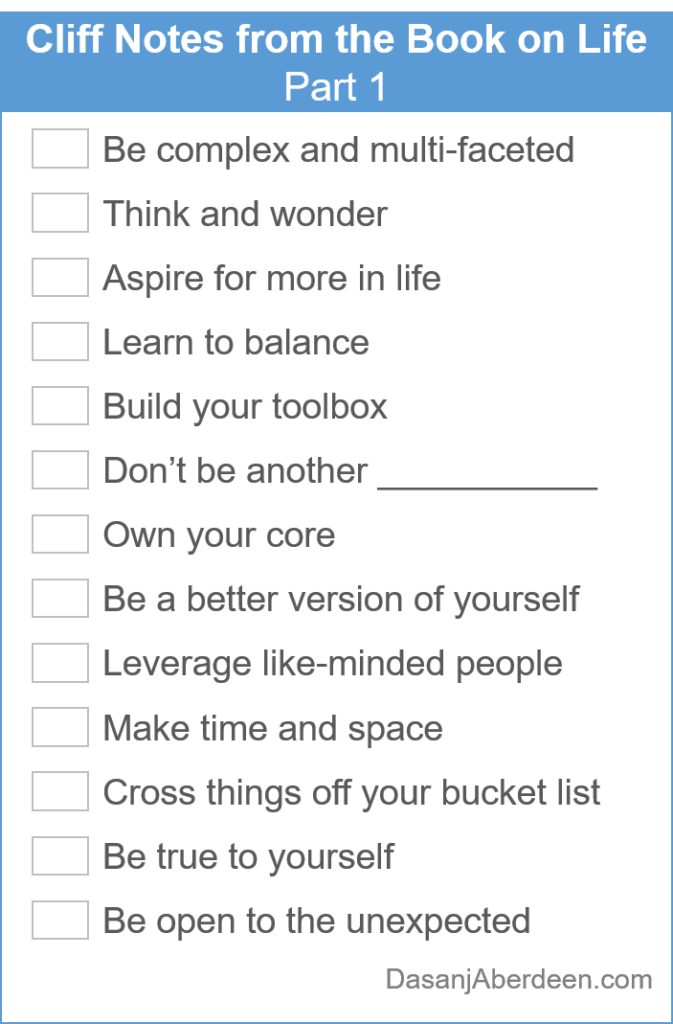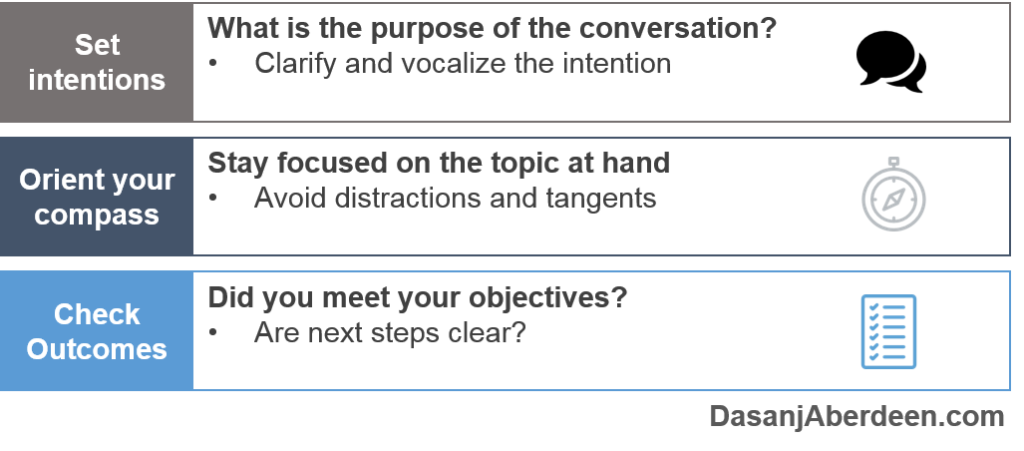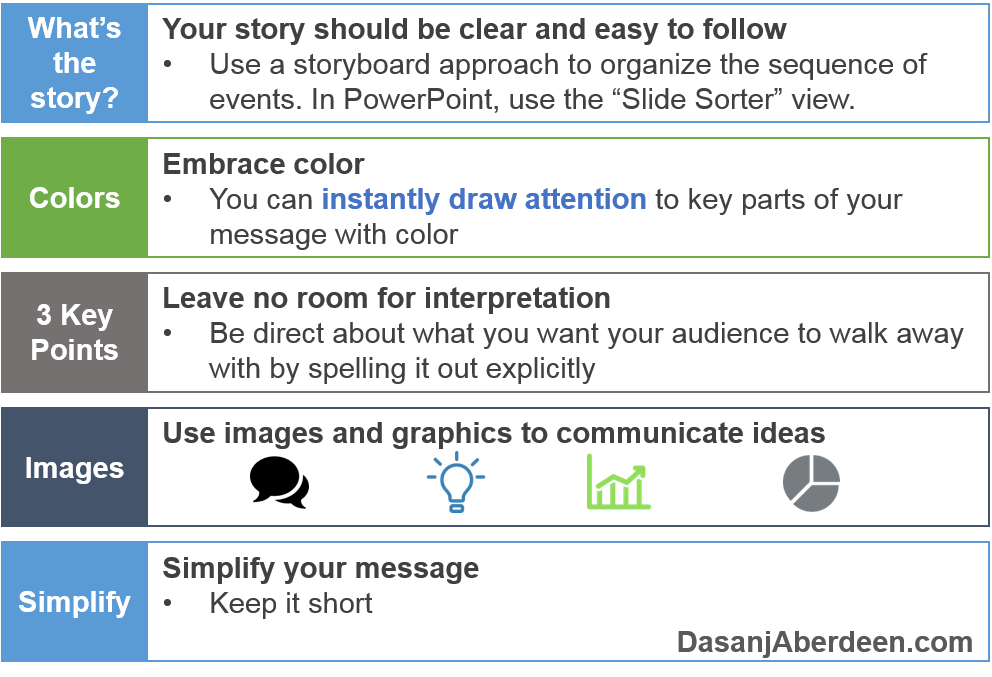In the spirit of professional and personal development, we aspire to add more to the foundation we’ve created. How can we be better? How can we do more? How can we have a greater impact? How can we make more time for ourselves?
I believe that taking the time upfront to create a plan and enact systems makes a huge difference. If you’re looking for a new year of positive changes and you’re ready to take action, here are 16 steps that will help you get there:
1. Reflect. Set aside some quiet time to think. Remove yourself from all distractions and enjoy the stillness. Focus on yourself and your journey; in your mind, revisit how far you’ve come and imagine where you’re headed.
2. Set goals. Whether they relate to travel plans, saving or professional development, goals give you something to look forward to and they ignite your spirit. They require work and effort but they’re enjoyable as well. At the end of the day, they’re yours and give you a sense of accomplishment because you picked them, committed to them, and followed through with earning them. As humans, we aspire to have purpose and meaning in life; and goals are a manageable and tactile way to do this, one at a time.
3. Create a plan. Forward-thinking businesses take a considerable amount of time to plan. This includes both long-term and short-term. There’s no reason why you shouldn’t do the same.
4. Create a vision board. They say that seeing is believing. This is particularly relevant as you take your ideas and visions from abstract things in your head and give them form and shape that you can see. If you can place them visually, then you’re more likely to create space for them in your future. Vision boards are helpful for this.
5. Create an advisory board. Yes, this is for you! You’re important enough to have one! We never have all the answers ourselves, and you need to know who to go to when you have questions. Enlist a group of people who have been there, are vested in your success and who you can learn from.
6. Find an accountability partner. You’re not alone on this road called life. I know it feels that way sometimes but there’s a traffic jam of people trying to get somewhere too. You and your friends may be getting off at different exits, but there’s no reason why you can’t be there for each other when you need a jump start. Your eyes are on the road ahead but check up on others who are dear to you periodically to see how they’re coming along in their lane and help ensure they’ll make their anticipated arrival time.
7. Create a budget. A lot of people run from numbers. I like them because they always bring a story full circle. They apply in your personal life based on the same principles that businesses use. Do you need to increase your income? Or can you decrease your expenses? How is your net worth coming along? Numbers help create flexibility in the non-financial aspects of your life. If flexibility is important to you, start by creating a budget you will commit to.
8. Prioritize friends and family. Our journey isn’t as much fun without people to share it with. We are happy when we see our loved ones smiling and happy. Make time for them, travel to see them, call them, swap joyful and painful stories with them and make memories with them. We create some of our most meaningful experiences and memories with friends and family.
9. Initiate conversations. Make it a point to find out about the people at the bus stop, in the beloved middle seat on an airplane or at a networking event. It is easy to forget a simple “How are you doing?” when you’re in a rush to get somewhere or with something pressing on your radar. But some of my biggest life takeaways came from unexpected conversations with strangers. When I was 16 and a volunteer at the library, I spoke with a woman and told her how I wished I had siblings. She told me all I needed to do was make good friends. This advice holds true to this day as some of my best friends are like siblings; and in fact, I call them that. I mention networking event because after business cards are exchanged and elevator speeches are given, it is the ability to relate to others on a fundamentally human level that sustains relationships. This comes before the best business deals are made.
10. Keep learning. Do you remember how caught up you were with each new toy you received as a child? We like things that are new, exciting, shiny and challenge us. I don’t remember the last time I read a reference manual. I prefer the hand-on, experiential approach of learning-by-doing. We live in an age where learning is fun because of all the information and tools available to us. You can customize your delivery by form, time, method, origin, etc. with minimal effort. This is exciting and facilitates continuous learning.
11. Find your niche. It is highly rewarding and empowering when you can find a space in this world where you thrive. A place where you have no fear of competition or anyone upstaging you because you’re at your peak performance there. This is where your strengths, knowledge and passion align. You’re leading the edge, and even if there are challenges and continuous effort involved, you’re motivated to go the extra distance. When you find that space that you can call your own, you’re more likely to provide value, have an impact, and create a legacy.
12. Give back. It is never too early to do this and there’s always some resource you can share with others. What you give doesn’t have to be financial; it can be time, knowledge or a helping hand. I’m sure someone went out of their way to help you at some point. I know many did for me; and years after, I remember and acknowledge their selflessness. Be the timely guiding light that someone else may be seeking.
13. Pursue your interests. You may have something that you’ve always loved doing or maybe you’re open to trying something completely new. Either way, participating in activities outside of your typical day help you bring new approaches and perspectives to your day-to-day activities. It will it be personally rewarding and lead to you being more well-rounded.
14. Go places and see things. Have you visited your local museums lately? When will you take that trip you’ve been thinking about? Our world is so eclectic that we can live completely different lives from someone ten minutes away but it is still small enough that we can experience the lives of those who are 2,000 miles away. You learn a lot about yourself and appreciate how you fit in the big picture when you acquire additional perspectives to anchor your own.
15. Take risks. When I’m in an art studio, I channel my inspiration in order to bring form to a blank canvas. So with that same approach, I’m a big proponent of stretching yourself for development which means stepping out of your comfort zone. If you’re risk averse, calculated risks may work best for you. Get a sense of what you’ll do, how you’ll do it and then do it.
16. Pivot and change. When you take any “first step,” you never know how things will turn out. Even when you’re headed in the “right” direction, circumstances change beyond your control. What you can control is how you respond and what additional steps you take. When necessary, make lateral moves, and even take steps backwards, to get further ahead. Be open to making necessary changes along your journey.
******************************
What about you? Have you tried a similar approach to achieve your goals or get certain results? How do you create an environment that facilitates your success? I’d love to hear from you below!
Dasanj Aberdeen is an entrepreneurial spirit who embodies the combination of left-brain logic and right-brain creativity. She is a consultant and proponent of multidisciplinary education, approaches and pursuits. She writes about their benefits in modern times and integrating multiple interests into a sustainable and fulfilling lifestyle. She’s a graduate of The Wharton School of the University of Pennsylvania and Temple University with a concentration in Technology & Innovation Management, jointly delivered by the Fox School of Business and College of Engineering.






